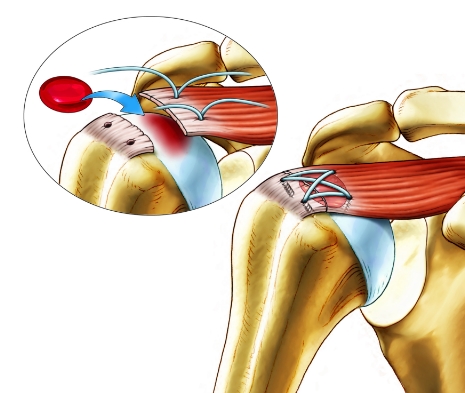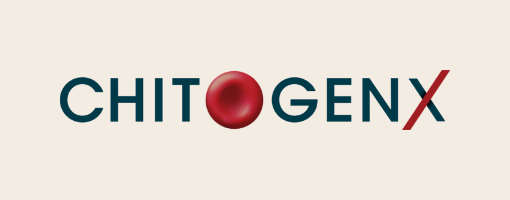Rotator Cuff
Repair
The rotator cuff is the name given to the collection of 4 tendons that stabilise the shoulder joint. The joint itself is a ball and socket joint, but with a very shallow socket, extra stabilization of the joint is needed and is provided by the tendons of the four major muscles of the joint.
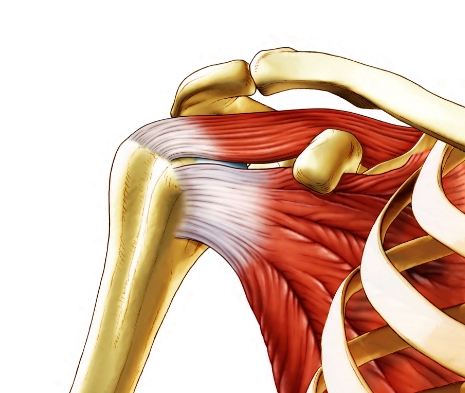
The tendons around the joint can suffer tears as a result of injury to the tendon or as a result of degeneration over time. Repetitive overhead activity, including weight lifting is often associated with cuff tears. Symptoms include a dull, aching pain, and patients often suffer secondary symptoms including a lack of sleep and weakness in the arms resulting from a lack of exercise.
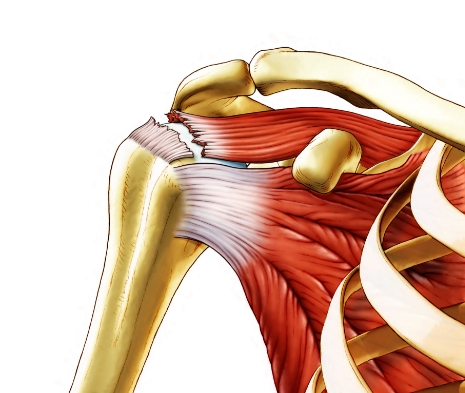
If conservative therapy (for example painkillers and rehab) is not successful, surgery will be performed. The principle aim of surgical intervention is to reattach the torn tendon to the bone. Often, reattachment involves the use of suture anchors placed into the bone and the tendon being then held in place with sutures.
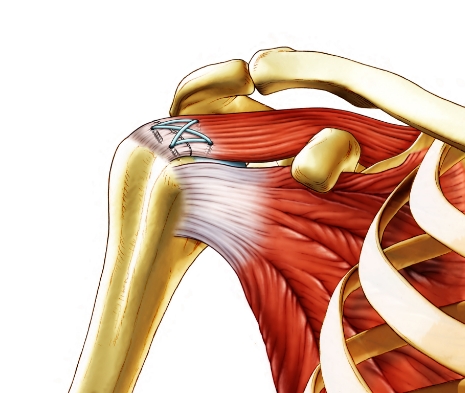
There are over 600,000 rotator cuff surgeries being performed in US each year, and the number is rising at approximately 5%. Not all of these surgeries are successful: the success rate for surgery is dependent on many factors, the two most important of which are the size of the original tear and the age of the patient. Estimates have put the re-tear (or non healing) rate at an average of 50%.
The lack of apparent success for this type of shoulder surgery presents an enormous opportunity if the success rate can be improved. The cost of readmission, and further physical therapy can often amounts to multiple (tens) of thousands of dollars: a reduction on the probability of surgical failure is therefore an extremely attractive proposition to patients, surgery centers and payers.
ORTHO-R has been designed to work with a natural fraction of a patient's blood to enhance the biological repair of the torn tendon.
